Building Apps the Easy Way: No-Code and Low-Code Platforms
Not long ago, building software meant writing complex code for hours. That’s changing fast. No-code and low-code development platforms now let anyone—from small business owners to seasoned developers—build apps more easily and quickly. These tools emerged from real needs: startups lacking dev teams, marketers needing dashboards, and teams wanting faster solutions.
No-code platforms help non-programmers build fully functional apps, while low- code platforms let developers move faster without giving up control. Together, they’re reshaping how software gets made—less coding, more creating. In this article, we’ll explore the top tools in both categories and how they’re opening new doors for everyone.
No-Code Platforms (for Non-Programmers)
No-code platforms are designed for people with little to no technical background who want to build real, functioning apps—without ever writing code.
Bubble
Bubble is one of the most recognized no-code development platforms. It’s built for people who want to launch full-fledged web applications without hiring developers. With a visual editor that lets you drag and drop interface elements, Bubble removes the technical layer that usually stops beginners in their tracks. What makes it more powerful than a simple website builder is its workflow editor. Users can define what happens when someone clicks a button, fills a form, or logs in.
It also comes with a built-in database and allows you to create custom data types, manage user authentication, and integrate third-party services via APIs—all without touching actual code. There is some learning involved, but it is a design process, not technical. For startups and interactive applications made on a limited budget, it is both deep and flexible.
Adalo
Adalo is a mobile-first, no-code platform for creating native apps on iOS and Android. Using a simple drag-and-drop interface, users can design screens, define navigation, and manage logic without writing code. It also supports features like payment integration, making it practical for functional, real- world apps.

One of Adalo’s strengths is its data handling. You can create and link your database visually, connecting it directly to the app’s interface. Whether you’re making a personal planner, a business directory, or a simple scheduling tool, Adalo lets you focus on your idea instead of backend complexity.
Glide
Glide brings an interesting twist: it turns spreadsheets into mobile apps. If you can use Google Sheets, you can use Glide. Every column becomes a field, every row becomes a record, and the app is generated in real-time based on that data.
It’s a great entry point for people managing workflows or information in spreadsheets who need something more interactive. You can add buttons, filters, user roles, and logic—again, no coding is needed. For teams, schools, and community groups managing data in Sheets, Glide turns that into a usable app fast.
Thunkable
Thunkable is another no-code platform focused on mobile app creation. It’s built for people who want to design cross-platform apps and publish them on both Android and iOS. The platform provides a block-based programming experience similar to that of MIT App Inventor but with more advanced UI options and backend integrations.
Thunkable supports advanced features like real-time databases, API connections, and even device hardware like GPS and camera. Despite its technical potential, it keeps everything visual and beginner-friendly. It’s ideal for educators, hobbyists, and solo entrepreneurs wanting to create real- world apps without outsourcing development.
Low-Code Platforms (for Developers and Teams)
Low-code platforms are built for developers and technical teams that want to move faster without sacrificing flexibility or control.
OutSystems
OutSystems is one of the leaders in the low-code development space. Unlike no- code tools that aim to remove coding altogether, OutSystems is designed for professional developers who want to move faster. It provides a robust environment to build enterprise-grade applications with visual tools but also lets you write custom code when needed.
You can model business processes, manage APIs, and even create reusable components. It also supports full-stack development, allowing control over both frontend and backend. Teams use OutSystems when speed matters, but control and scalability are still essential. It fits well in corporate environments where projects need fast turnarounds without sacrificing quality or security.
Mendix
Mendix follows a similar path to OutSystems but focuses more on collaboration between business users and developers. It allows non-technical team members to participate in the app creation process through a visual IDE while still offering coding options for more complex needs.
Mendix supports deployment to the cloud or on-premise, real-time collaboration, and version control, and it offers analytics tools to monitor usage. The platform supports mobile and web apps and is widely used in industries like finance, logistics, and insurance, where speed and regulation matter.
Microsoft Power Apps
Power Apps is Microsoft’s entry into the low-code market, and it fits tightly into the Microsoft ecosystem. For businesses already using tools like SharePoint, Excel, or Dynamics 365, Power Apps offers a seamless way to build apps that interact with that data.
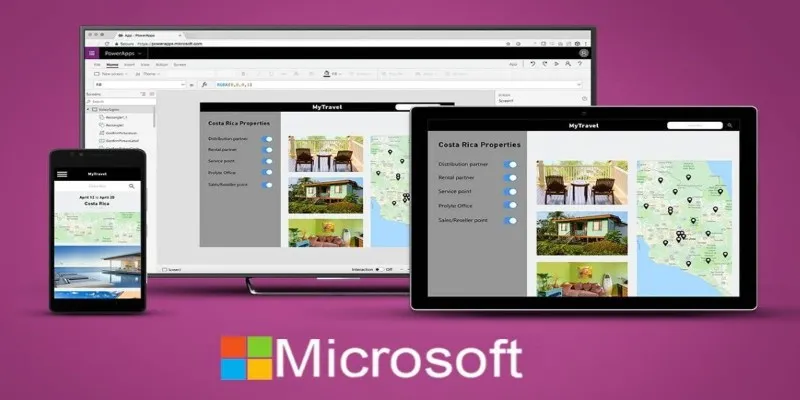
It allows users to create internal tools, dashboards, and workflows visually while also offering extensions through Azure Functions or custom connectors. It’s popular in enterprise environments because it integrates so well with the systems many businesses already use. It’s not just about building apps—it’s about streamlining operations inside existing ecosystems.
Appian
Appian is a platform focused on process automation and enterprise-grade applications. It’s widely used in industries with complex workflows, such as healthcare, banking, or government. Appian combines low-code tools with automation, AI, and case management systems.
It supports app deployment across devices, fast prototyping, and integration with existing databases or enterprise systems. Developers can customize at any level they choose, while business analysts can map workflows or build dashboards without needing help. The result is a tool that bridges both strategy and execution in large organizations.
Conclusion
No-code/low-code development platforms have reshaped how we create apps, making the process faster and more accessible. With tools like Bubble and OutSystems, both beginners and professionals can bring their ideas to life without getting stuck in complex code. Whether you’re building something simple or enterprise-grade, these platforms offer a practical path forward. They’re not just shortcuts—they’re powerful tools that simplify innovation and put development in more hands than ever before.
Related Articles

From Spreadsheet to Software: How No-Code and Low-Code Tools Are Redefining App Building

Which Are The Best Database-Powered App Builders for Seamless Development?

Top Digital Payment Platforms: A Guide to Stripe, PayPal, and Others

Top Online Graphic Design Tools for 2025: Canva, Figma, and More

A Comprehensive Guide to E-Commerce Platforms: Shopify, WooCommerce, and More
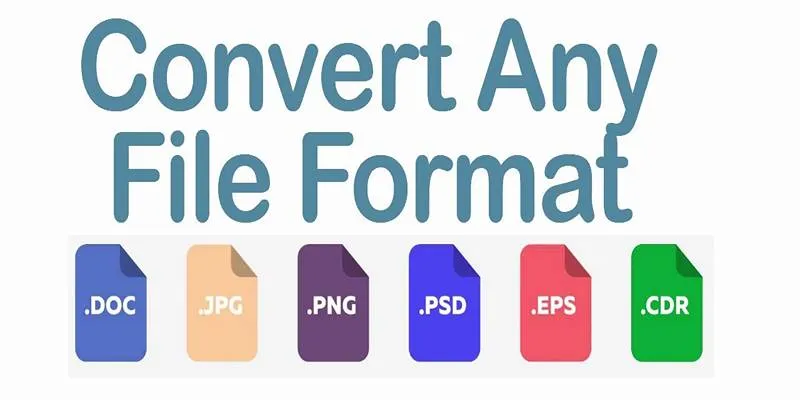
Online File Conversion Made Simple: No Software Needed for Any Format

Convert and Extract RAR Files to ZIP Online in a Few Simple Steps

How to Use Postman for API Testing: A Complete Getting Started Guide
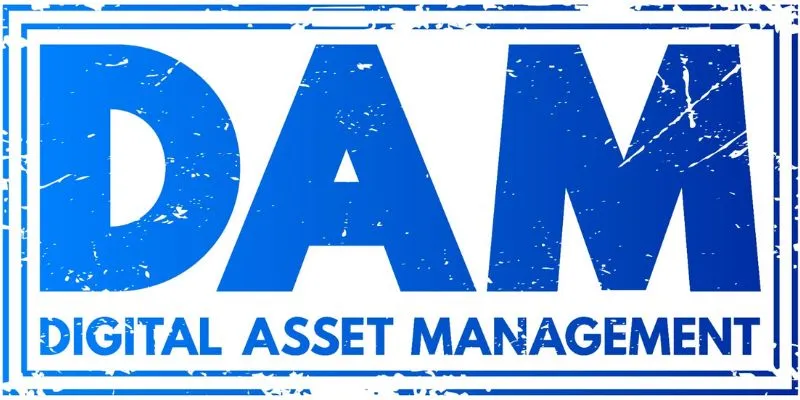
Explore the Best DAM Software Options for Effective Digital Content Management
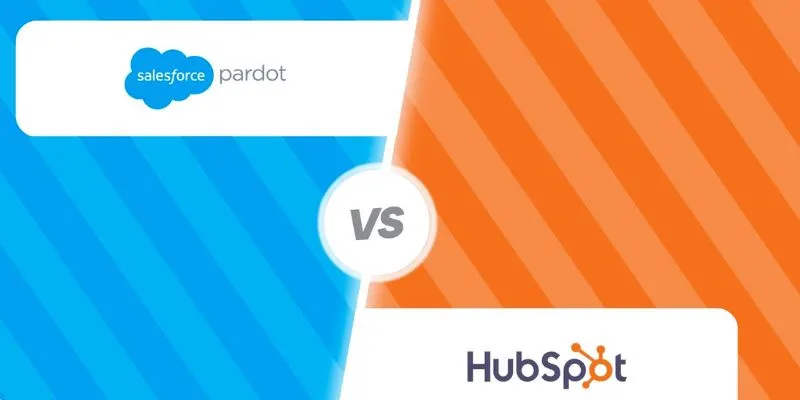
HubSpot vs. Pardot: Choosing the Best Marketing Software for Your Needs

Microphone Not Working in Online Learning Platforms? Try These Fixes
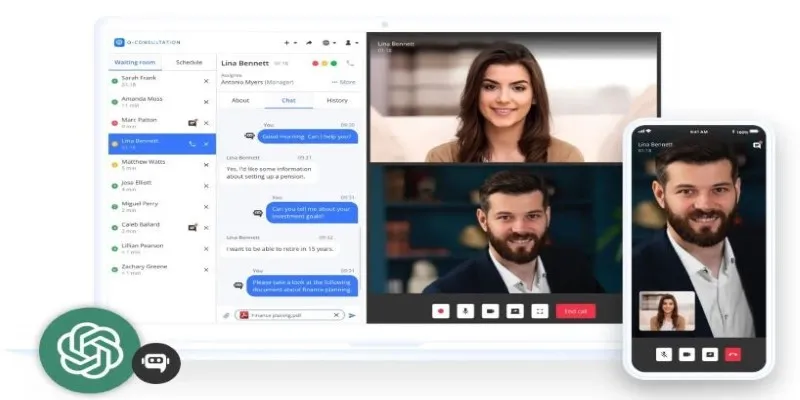
Unlocking Expert Knowledge for Free: Top Question-Answering Platforms
Popular Articles
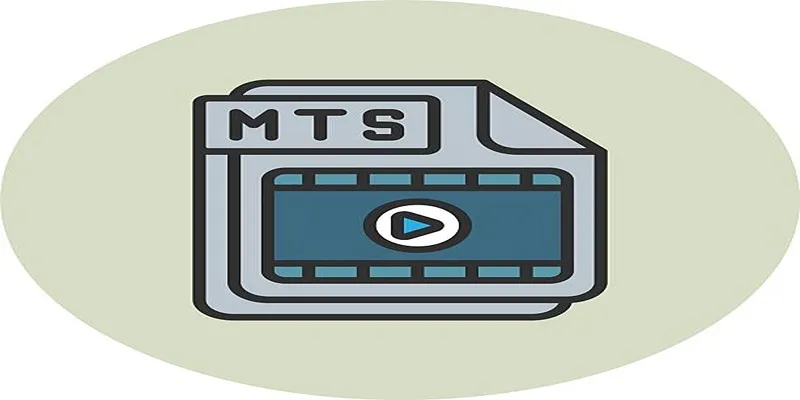
How to Convert MTS to MP4 Easily: A Complete Guide
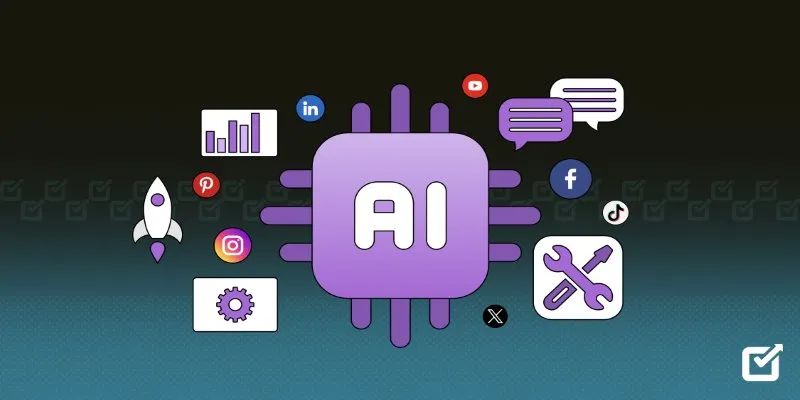
The 8 Best AI Tools for Social Media Management in 2025 to Streamline Your Strategy
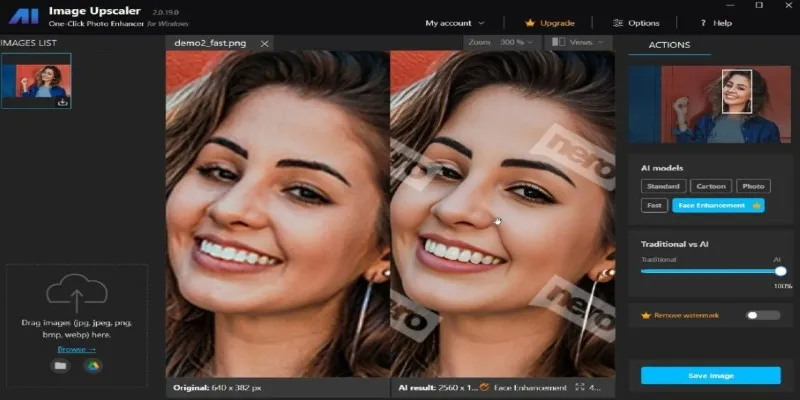
Nero AI Image Upscaler Review 2025: The Future of Image Enhancement

Best Methods to Add Music to Your Videos Quickly
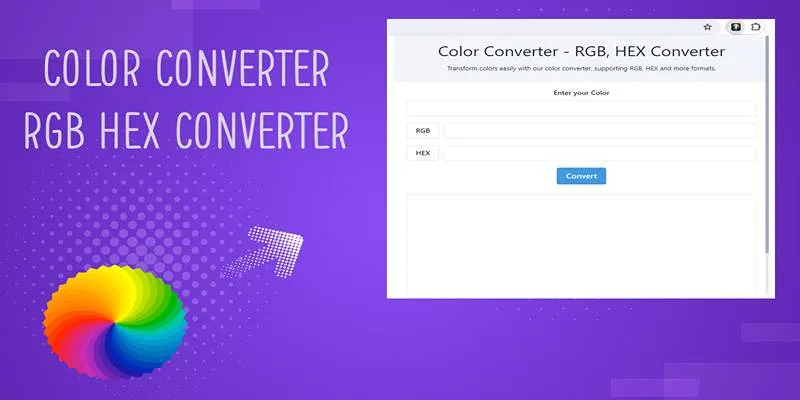
Free Tools to Convert HEX to RGB Codes for Designers and Developers
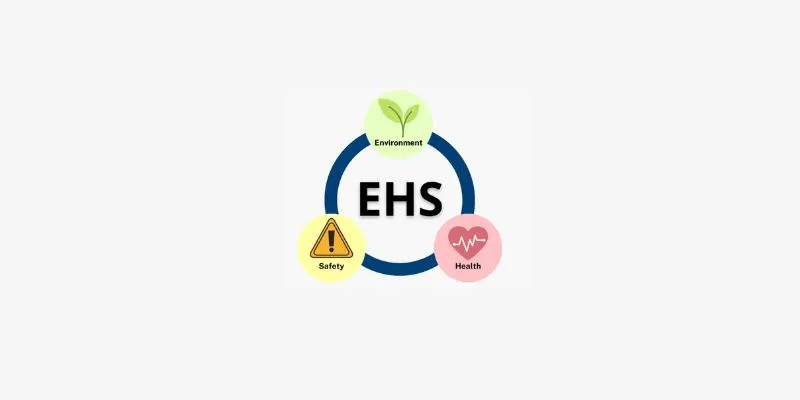
How to Choose EHS Management Software: A Handy Checklist for Your Business

Top Tools and Techniques to Auto-Create Tasks From Scheduled Events
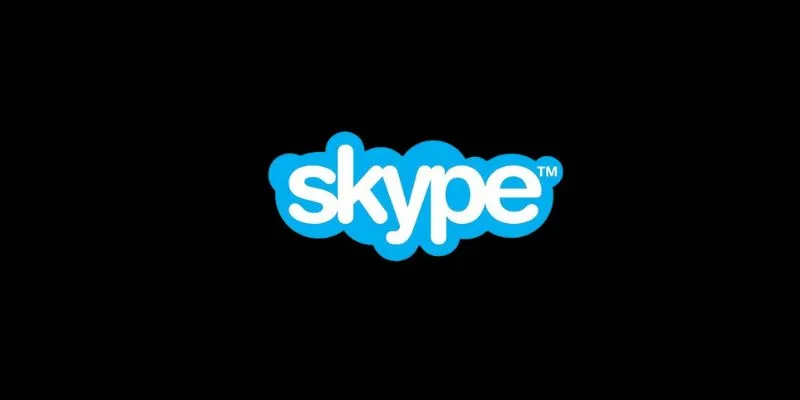
See You Skype: Upgrade Your Experience with These 10 Alternatives
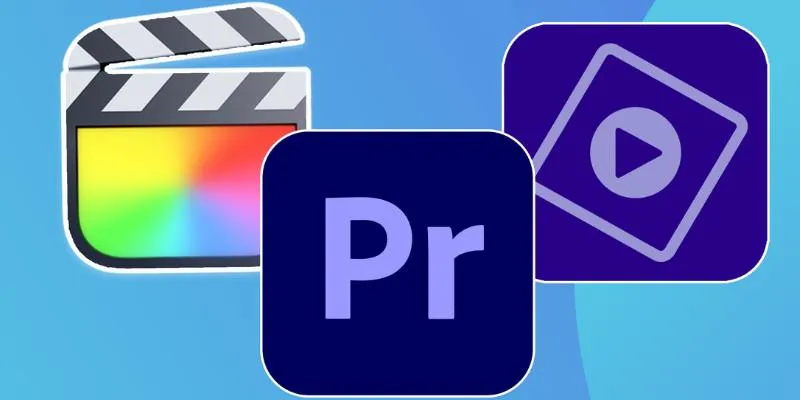
Explore the 10 Best Video Editing Software for Creators

Top Online Graphic Design Tools for 2025: Canva, Figma, and More
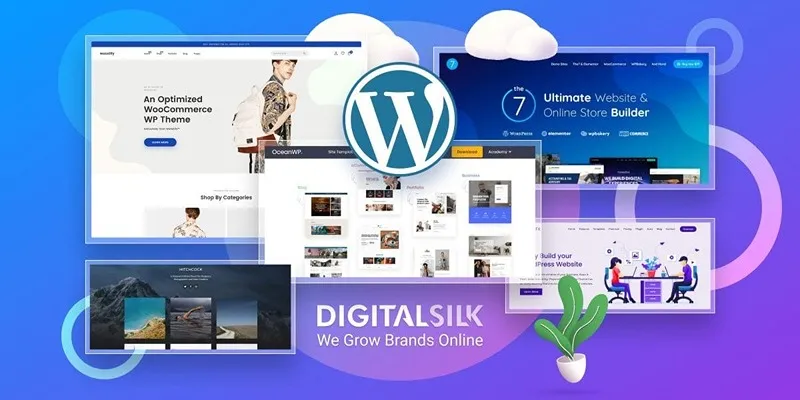
10 Effective Ways to Organize Your Post Ideas in WordPress

 mww2
mww2